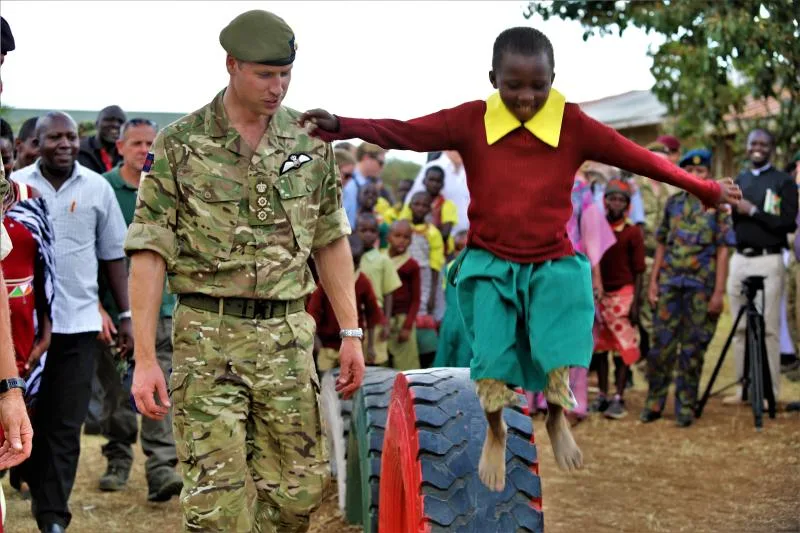
Conservancy
Conservation
Predator Conservation & Rangeland & Water Management
Predator Conservation
By better protecting our livestock, predators can co-exist in livestock farming areas. If lions, leopard and hyena do not have the chance to prey upon our cattle then there is no conflict! Over the past 20 years Sosian have developed and implemented a secure corralling (or boma) system to protect our cattle from lions at night. The traditional thorn branches cut to form a boma not only degrade the vegetation of the bush, but are also inadequate when lions try to spook the cattle out. Our current portable boma systems use interlocking 6ft gates that the cattle cannot stampede out of. Since using this method our cattle losses to lion have decreased by 90%. And our mature acacia trees and shrubs have increased greatly. The sole key to predator conservation is to eliminate conflict with humans and livestock, which results in retaliatory culling and poisoning of predators. To remove these issues means that lions can live freely and hunt naturally, forming stable prides which makes them more effective hunters for wild prey over domestic livestock.
We also work alongside Lion Landscapes who are a not-for-profit organisation working closely with local livestock farmers to monitor the lion populations in each area. Learn more about Lion Landscapes and the work that they do. On Sosian there is currently 1 female lioness with a GPS collar, so we always know where she and her pride are, and can react proactively, moving livestock and informing neighbours, negating any conflict encounters.
Rangeland & Water Management
Together wildlife and livestock are a wonderful tool for grass management. Cattle are used to graze areas of tall, old grassland to clear it out and then primary browsers and grazers such as Grevys and Burchells Zebra, Eland and Beisa Oryx are not far behind. Over time this is proving much more beneficial than controlled burning, which brings a myriad of negative impacts to the environment. Additionally pumped water is a necessity for any livestock operation and the wildlife benefits from this as well, especially during the dry seasons. We also ensure that our cattle are not grazing and drinking near the permanent Ewaso Narok River during the dry season when species such as Hippopotamus and Buffalo are heavily reliant on the river and adjacent grazing. Equally we can carefully manage areas with less grazing by keeping livestock out and avoiding the devastating effect of over grazing the land, which can take decades to recover, leaving the area a barren wasteland in the meantime.
Back in 1999 we systematically removed all fencing from Sosian allowing free movement of wildlife. Elephants, numbering some 6000 in the Ewaso ecosystem also play their role in keeping areas of the farm open and preventing bush encroachment which would reduce the area of grasslands available to other wildlife species as well as our livestock capacity. It is commonplace to find our cattle grazing in amongst herds of elephants and waiting their turn to drink at various water sources.







